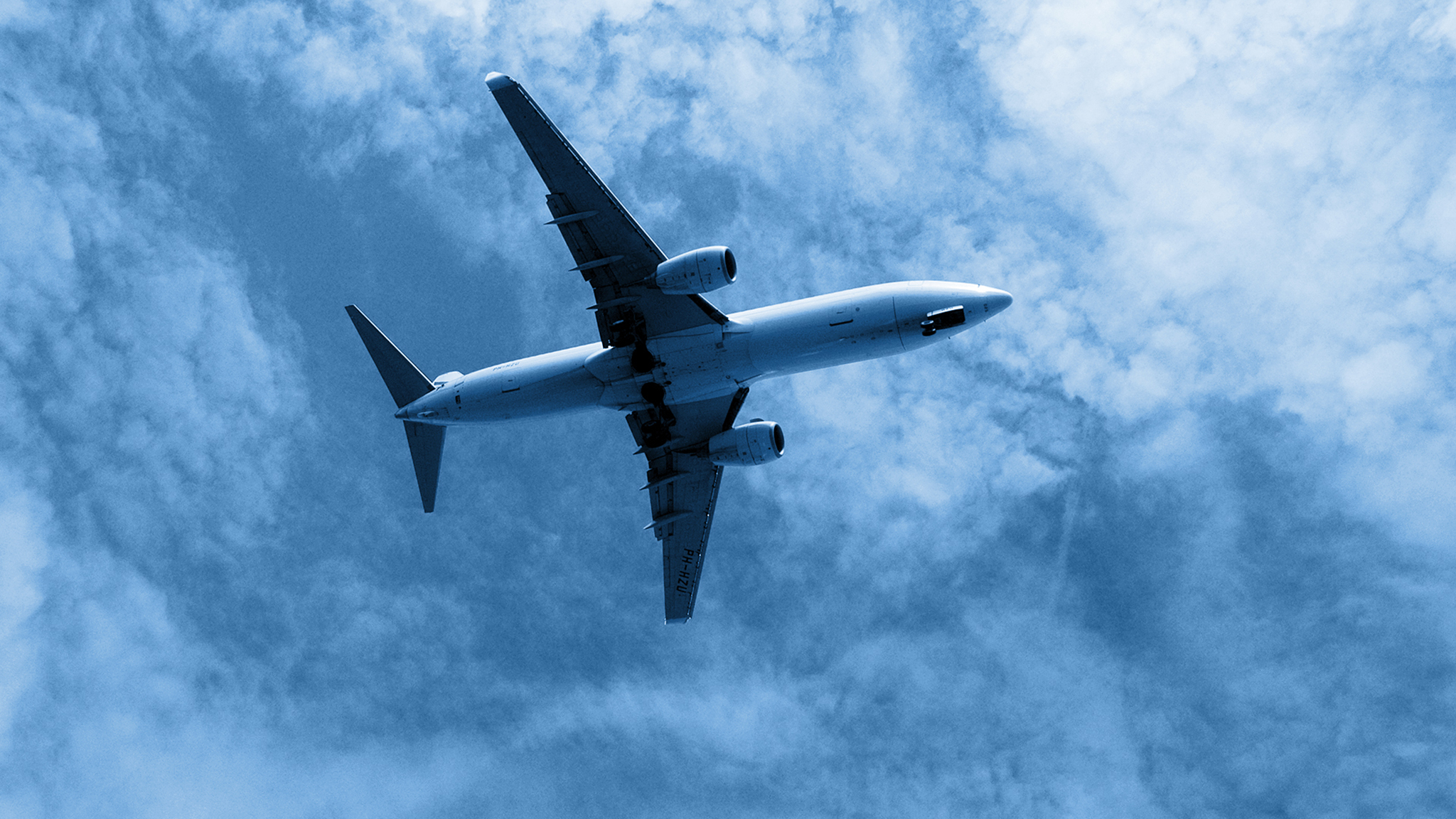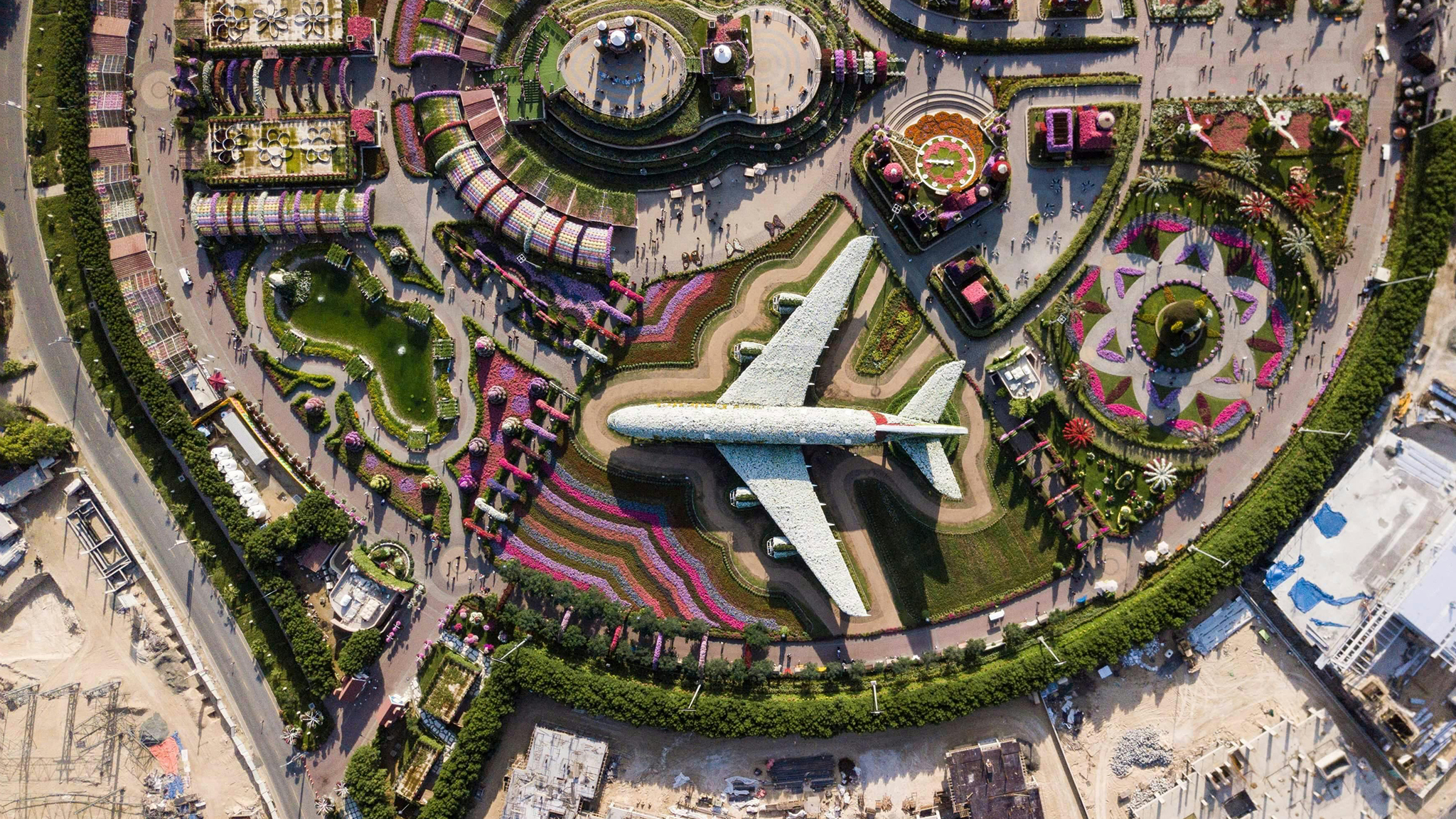What is nitrogen deposition?
There are various channels that humans cause extra nitrogen dioxide and ammonia emissions through, such as industry, agriculture or indeed transport. Processes in the atmosphere (wind and weather) can make these substances end up in the soil where they are absorbed. This distribution process is called dispersion and the absorption into the ground is referred to as nitrogen deposition. These additional emissions and the associated extra nitrogen deposition create a risk of there being too much fertiliser in the natural environment, so that certain types of crops will grow better while others waste away. This leads to a reduction in biodiversity. The sectors that play the biggest role in this process are industry, transport and agriculture. So what exactly is aviation’s contribution, then?
What role does aviation play in nitrogen deposition?
According to RIVM (the National Institute for Public Health and the Environment), aviation causes 0.1% of the overall nitrogen deposition in the Netherlands. The RIVM’s calculations go up to an altitude of 900 m, a figure chosen because of its relationship with the dimensions of the airspace in the immediate vicinity of an airport. The nitrogen oxides emitted by aviation are the result of the high temperatures and pressures in an aeroplane engine, which oxidise nitrogen in the air (i.e. make it bond chemically with oxygen). This process occurs in particular when an aircraft is taking off and climbing. Because that also occurs relatively near the ground, these phases of a flight are the main contributors to nitrogen deposition around an airport.
How is nitrogen deposition from aviation regulated?
Airports are required to draw up an environmental impact assessment (EIA) when obtaining permission from the authorities for operational changes. One aspect of that EIA involves reporting on nitrogen deposition in the new situation, up to a height of 900 metres in a limited area around the airport. Nitrogen deposition calculations for all kinds of sources have to be made using prescribed methods, known as the ‘New National Model’. These prescribed calculations determine nitrogen deposition by modelling the emissions as a plume behind a chimney. Under the influence of wind and weather, that plume rises or falls as the gases in it mix with the outside air.
The prescribed calculations also use this ‘chimney model’ for determining the nitrogen deposition caused by aviation, although it doesn’t seem unlikely that an emissions model for a stationary chimney might fail to represent a moving aircraft very well. After all, an aircraft that is taking off emits gases that are moving at high speed and a downward angle, unlike the gases rising from a stationary chimney. Attempts are made to allow for this as much as possible by adjusting variables in the model for both the plume and the atmosphere. This allows the best possible representation to be used when modelling the plume for an aircraft taking off, so that the deposition for that plume can then be calculated. However, it remains a mathematical approximation of reality.
Where is there scope for improvement?
Worldwide, the aviation sector is growing. That means it is a very good idea to get the best possible picture of the effects: appropriate measures will protect not only the soil and the flora and fauna but also us humans. The contributions from aeroplanes, including the effects further away from the airports and above the 900-metre threshold, can also be important for getting the complete picture of nitrogen deposition.
Science is also progressing and we at NLR keep building up our tools and knowledge about emissions from aircraft. If we are to keep the calculations we make in line with the latest understandings, we can take a closer look at the assumptions underpinning the currently prescribed calculations and make adjustments as necessary. This will let the models reflect reality better. And that’s how we can keep working towards cleaner and more sustainable aviation.



